Innovative Wound Dressing Wraps Burn Wounds
|
By HospiMedica International staff writers Posted on 27 Aug 2014 |
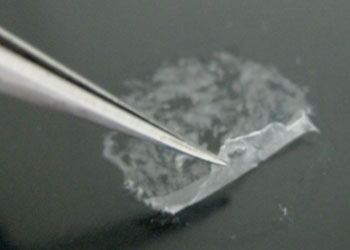
Image: PLLA biodegradable polyester nanosheets (Photo courtesy of Tokai University).
A new nanometric biomaterial coating hugs body contours like cling-wrap, preventing bacteria from colonizing wounds.
Researchers at Tokai University (Tokyo, Japan) developed the nanosheets from poly-L lactic acid (PLLA), a biodegradable polyester that when centrifuged with water breaks up into small pieces. When poured onto a flat surface, the PLLA emulsion dries into a patchwork that forms as a single nanosheet. The researchers then tested the nanosheets’ ability to coat small and irregular shapes by dipping various objects into the mixture, including a mouse’s paw. The nanosheet patchwork effectively covered the surface of the mouse’s digits, and after it dried, it clung in place.
The researchers then tested the nanosheets on burn wounds, and found that the PLLA dressing could protect wounds against the common bacteria Pseudomonas aeruginosa for three continuous days. With an additional coating, the nanosheets kept bacteria at bay for a total of six days, which suggests that its use could also reduce the number of dressing changes needed. In preparation for projected human clinical trials, the researchers are currently planning large-scale animal and safety tests.
In addition to PLLA nanosheets, the researchers have recently started developing a novel set of similar, super-flexible, patchwork coatings composed of polymers with a phosphorylcholine group, a range of materials that are compatible with blood and could thus act as coatings for medical devices, such as catheters. The study describing nanosheets and its application as a burn wound dressing was presented at the national meeting & exposition of the American Chemical Society (ACS), held during August 2014 in San Francisco (CA, USA).
“Existing wound dressings work well when it comes to treating burns on relatively flat and broad areas. But the human body has curves, wrinkles and ridges that present problems for these dressings,” said lead author and study presenter Yosuke Okamura, PhD. “The nanosheets can adhere not only to flat surfaces, but also to uneven and irregular surfaces without adding any adhesives.”
PLLA is a biodegradable, thermoplastic, aliphatic polyester derived from renewable resources, such as corn starch, tapioca roots, or sugarcane. It can be processed by extrusion, injection molding, casting, and spinning, providing access to a wide range of materials. Since it is biodegradable, PLLA is used as medical implants in the form of anchors, screws, plates, pins, rods, and as a mesh, breaking down inside the body within 6 months to 2 years.
Related Links:
Tokai University
Researchers at Tokai University (Tokyo, Japan) developed the nanosheets from poly-L lactic acid (PLLA), a biodegradable polyester that when centrifuged with water breaks up into small pieces. When poured onto a flat surface, the PLLA emulsion dries into a patchwork that forms as a single nanosheet. The researchers then tested the nanosheets’ ability to coat small and irregular shapes by dipping various objects into the mixture, including a mouse’s paw. The nanosheet patchwork effectively covered the surface of the mouse’s digits, and after it dried, it clung in place.
The researchers then tested the nanosheets on burn wounds, and found that the PLLA dressing could protect wounds against the common bacteria Pseudomonas aeruginosa for three continuous days. With an additional coating, the nanosheets kept bacteria at bay for a total of six days, which suggests that its use could also reduce the number of dressing changes needed. In preparation for projected human clinical trials, the researchers are currently planning large-scale animal and safety tests.
In addition to PLLA nanosheets, the researchers have recently started developing a novel set of similar, super-flexible, patchwork coatings composed of polymers with a phosphorylcholine group, a range of materials that are compatible with blood and could thus act as coatings for medical devices, such as catheters. The study describing nanosheets and its application as a burn wound dressing was presented at the national meeting & exposition of the American Chemical Society (ACS), held during August 2014 in San Francisco (CA, USA).
“Existing wound dressings work well when it comes to treating burns on relatively flat and broad areas. But the human body has curves, wrinkles and ridges that present problems for these dressings,” said lead author and study presenter Yosuke Okamura, PhD. “The nanosheets can adhere not only to flat surfaces, but also to uneven and irregular surfaces without adding any adhesives.”
PLLA is a biodegradable, thermoplastic, aliphatic polyester derived from renewable resources, such as corn starch, tapioca roots, or sugarcane. It can be processed by extrusion, injection molding, casting, and spinning, providing access to a wide range of materials. Since it is biodegradable, PLLA is used as medical implants in the form of anchors, screws, plates, pins, rods, and as a mesh, breaking down inside the body within 6 months to 2 years.
Related Links:
Tokai University
Latest Surgical Techniques News
- Minimally Invasive Surgery Proven Safe and Effective for Complex ‘Whipple’ Procedure
- Catheter-Based Procedures Offer Less Invasive Option for Treatment of Valvular Disease
- Laparoscopic Surgery Improves Outcomes for Severe Newborn Liver Disease
- Novel Endoscopy Technique Provides Access to Deep Lung Tumors
- New Study Findings Could Halve Number of Stent Procedures
- Breakthrough Surgical Device Redefines Hip Arthroscopy
- Automated System Enables Real-Time "Molecular Pathology" During Cancer Surgery
- Groundbreaking Procedure Combines New Treatments for Liver Tumors
- Ablation Reduces Stroke Risk Associated with Atrial Fibrillation
- Optical Tracking Method Identifies Target Areas in Robot-Assisted Neurosurgery
- General Anesthesia Improves Post-Surgery Outcomes for Acute Stroke Patients
- Drug-Coated Balloons Can Replace Stents Even in Larger Coronary Arteries
- Magnetic Kidney Stone Retrieval Device Outperforms Ureteroscopic Laser Lithotripsy
- Absorbable Skull Device Could Replace Traditional Metal Implants Used After Brain Surgery
- Magic Silicone Liquid Powered Robots Perform MIS in Narrow Cavities
- 'Lab-on-a-Scalpel' Provides Real-Time Surgical Insights for POC Diagnostics in OR
Channels
Critical Care
view channel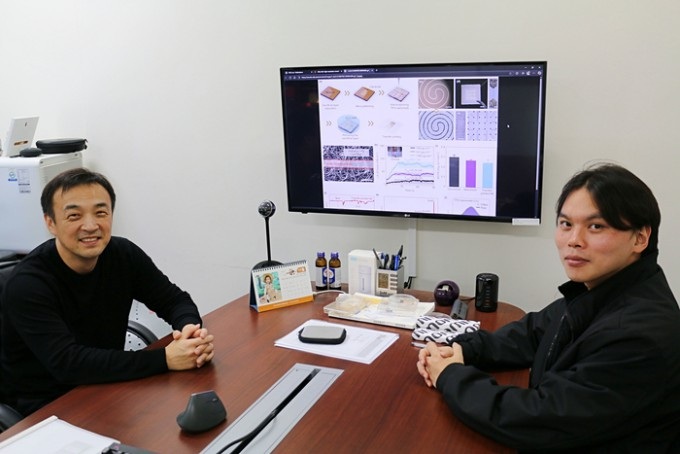
Breathable Electronic Skin Paves Way for Next-Generation Wearable Devices
Electronic skin devices are designed to adhere closely to the human body to monitor health and biosignals, but long-term use often leads to skin irritation caused by trapped sweat and poor breathability.... Read more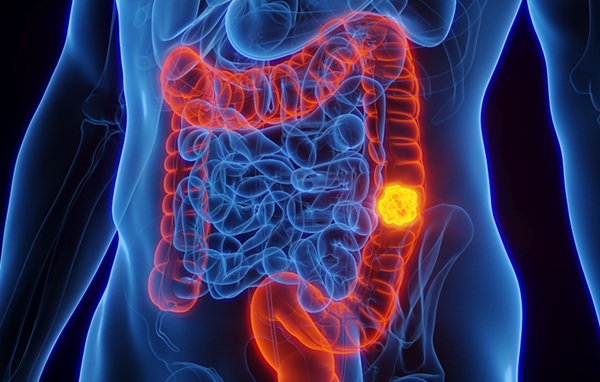
AI Transforming Colon Cancer Diagnosis
Colon cancer remains one of the most common and deadly cancers worldwide, with diagnosis often relying on time-consuming procedures such as colonoscopy and histopathological analysis. Delays or inaccuracies... Read more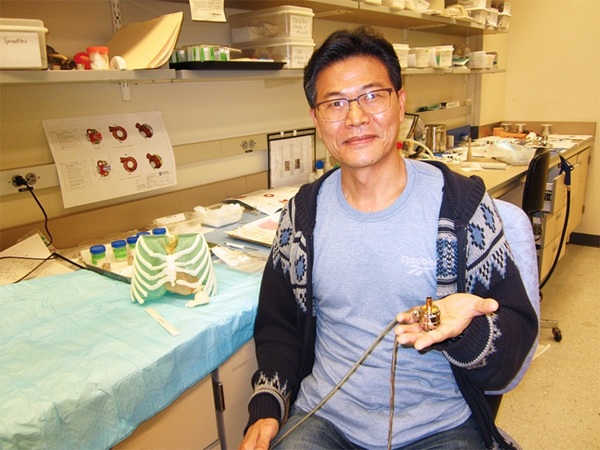
Ventricular Assist Device Offers Long-Term Use in Children Waiting for Donor Heart
Children with severe heart failure often face long and dangerous waits for a donor heart, with limited options to keep them stable during this period. For patients between the ages of one and 11, there... Read more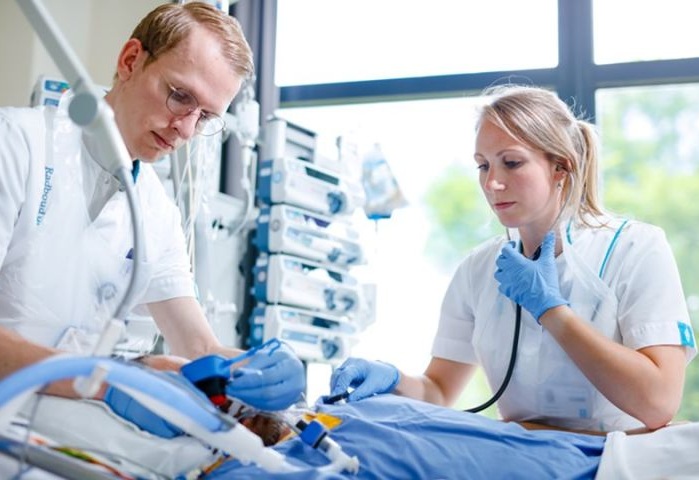
Precision Approach Improves Immunotherapy Effectiveness for ICU Patients with Sepsis
Sepsis occurs when the immune system responds abnormally to an infection, often triggering life-threatening organ failure. Despite affecting around 49 million people globally each year and causing approximately... Read morePatient Care
view channel
Revolutionary Automatic IV-Line Flushing Device to Enhance Infusion Care
More than 80% of in-hospital patients receive intravenous (IV) therapy. Every dose of IV medicine delivered in a small volume (<250 mL) infusion bag should be followed by subsequent flushing to ensure... Read more
VR Training Tool Combats Contamination of Portable Medical Equipment
Healthcare-associated infections (HAIs) impact one in every 31 patients, cause nearly 100,000 deaths each year, and cost USD 28.4 billion in direct medical expenses. Notably, up to 75% of these infections... Read more
Portable Biosensor Platform to Reduce Hospital-Acquired Infections
Approximately 4 million patients in the European Union acquire healthcare-associated infections (HAIs) or nosocomial infections each year, with around 37,000 deaths directly resulting from these infections,... Read moreFirst-Of-Its-Kind Portable Germicidal Light Technology Disinfects High-Touch Clinical Surfaces in Seconds
Reducing healthcare-acquired infections (HAIs) remains a pressing issue within global healthcare systems. In the United States alone, 1.7 million patients contract HAIs annually, leading to approximately... Read moreHealth IT
view channel
EMR-Based Tool Predicts Graft Failure After Kidney Transplant
Kidney transplantation offers patients with end-stage kidney disease longer survival and better quality of life than dialysis, yet graft failure remains a major challenge. Although a successful transplant... Read more
Printable Molecule-Selective Nanoparticles Enable Mass Production of Wearable Biosensors
The future of medicine is likely to focus on the personalization of healthcare—understanding exactly what an individual requires and delivering the appropriate combination of nutrients, metabolites, and... Read moreBusiness
view channel
Philips and Masimo Partner to Advance Patient Monitoring Measurement Technologies
Royal Philips (Amsterdam, Netherlands) and Masimo (Irvine, California, USA) have renewed their multi-year strategic collaboration, combining Philips’ expertise in patient monitoring with Masimo’s noninvasive... Read more
B. Braun Acquires Digital Microsurgery Company True Digital Surgery
The high-end microsurgery market in neurosurgery, spine, and ENT is undergoing a significant transformation. Traditional analog microscopes are giving way to digital exoscopes, which provide improved visualization,... Read more
CMEF 2025 to Promote Holistic and High-Quality Development of Medical and Health Industry
The 92nd China International Medical Equipment Fair (CMEF 2025) Autumn Exhibition is scheduled to be held from September 26 to 29 at the China Import and Export Fair Complex (Canton Fair Complex) in Guangzhou.... Read more













